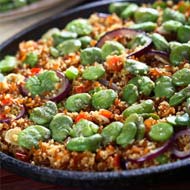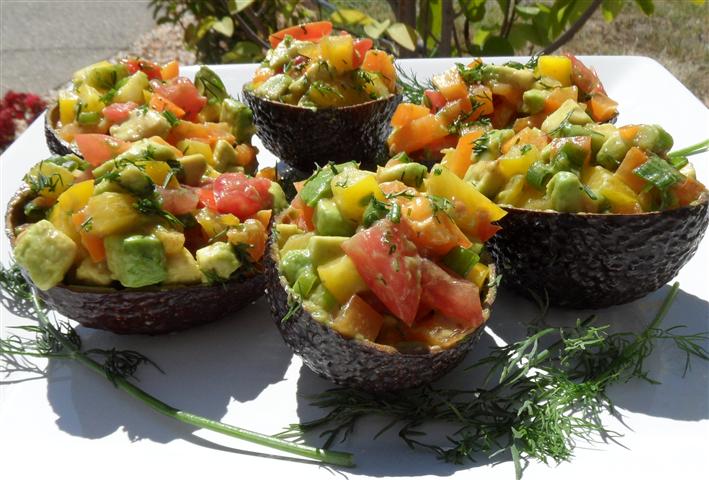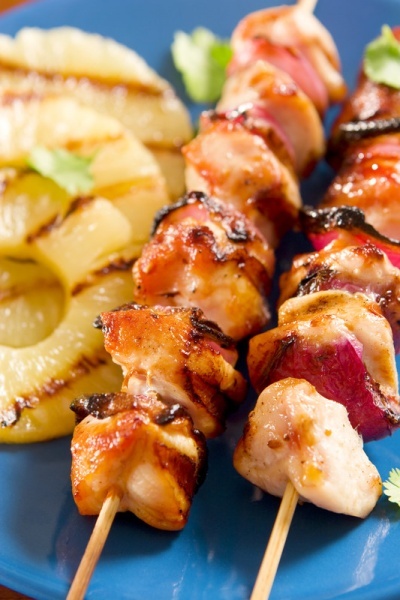Diet Food Recipes Biography
Source(google.com.pk)Over a recent lunch in midtown, Trapido and Ndoyiya, both in New York City for the first time, spoke about the importance of food to Mandela.
“There are lots of very good biographies about Mandela, but almost all of them are written by men and all of them are very straight political biographies,” says Trapido. “They’re not looking at the personal and intimate.”
In addition to interviewing Mandela’s fellow Robben Island inmates, Trapido also looked into milestones like Mandela’s first date and his marriage to Winnie Mandela.
“At every stage, I found the key actors and then I got them to describe the culinary context in which the epic political events were happening,” says Trapido. “I would interview these important political figures [who] would tell me about these epic events in the struggle against apartheid and then I would say, ‘What did you have for lunch?’”
She recalls a conversation with Mandela about a dinner gone wrong with his teenage crush. Just 14 at the time, Mandela ate with her family, but had trouble using a knife and fork, causing a chicken wing to fly off his plate.
“When he talked about it, and he was 90 at the time, he still told that story with such intensity that the embarrassment of the moment hadn’t left him.”
It’s stories like those, Trapido points out, that remind us of Mandela’s humanity.
“It’s well-meaning, but there’s a tendency to deify him, but this is a real person who changed the world for the better,” she says.
Food also makes it easier to relate to political figures like Mandela.
“Food is a very interesting communication tool,” says Trapido. “Nothing says ‘I love you’ quite like food. By the same token, nothing says ‘I hate you’ quite as powerfully as nasty meals.”
For Ndoyiya, cooking is a way to give back to a man who did so much for her country.
“I know everyone would love to be with him and serve him and cook for him,” she says. “I’m there and I’m doing it not only for me, but for everyone who has love for him.”
Today, Ellie’s extensive work in the media has earned her a loyal following and national recognition. Ellie has appeared as a guest expert on dozens of programs, including the Today show, The Dr. Oz Show, Live! with Regis and Kelly, CNN and CBS’s The Early Show. In March 2009, Ellie joined a notable list of celebrities to take part in the illustrious Got Milk? campaign. In the fall of 2009,
on the invite of first lady Michelle Obama, Ellie was invited to the White House to take part in the Healthy Kids Fair. Ellie has since teamed up with the School Nutrition Association and taken action at a grass-roots level with her daughter’s New York City public school. In April 2010, she testified before the House Committee on Agriculture about nutrition, healthy eating and the growing epidemic of childhood obesity. Additionally, Ellie is a contributing editor and columnist for Women’s Health, Fine Cooking and Food Network magazines. She also has contributed to numerous magazines and newspapers, among them: Self, Glamour, GQ, Better Homes and Gardens, Prevention, Men’s Journal, Fitness, Ladies' Home Journal, Parenting, The Huffington Post, The New York Daily News and Newsday.
Kelsey got her start in the food media industry when she created Kelsey's Kitchen, a college cooking show at Brigham Young University, emphasizing fast, fun and affordable meals for college students. After graduating with a degree in Broadcast Journalism, she attended Le Cordon Bleu – Hollywood, where she earned her professional culinary arts degree. This degree paired with training from the French Culinary Institute in New York City provided culinary production opportunities at Martha Stewart Living working on PBS' Everyday Food and NBC's The Martha Stewart Show in addition to Food Network's Semi-Homemade Cooking with Sandra Lee. In 2008, she was a finalist on The Next Food Network Star, where she was voted 'fan favorite.' You can also catch Kelsey dishing about her favorite sweets from around the country on Unique Sweets and hosting the interactive series The Perfect Three on Cooking Channel.
Kelsey lives in New York City with her husband Robby and their new son Oliver where she spends her days developing recipes and cooking up a storm.
The three jius were wines that had been filtered to remove the residue, and which differed from the five qis. The qis were used for sacrificial rites, while the jius were used for drink. The three jius referred to the categories of wine. Shi jiu, also known as occasion wine, was made immediately whenever there was a special occasion. Xi jiu was an aged wine that took longer to make. It usually was made in winter and matured in the spring; its liquid was clear and mellow. Qing jiu was aged even longer and its liquid was even clearer than Xi jiu. It was made in winter and became mature in the summer.
The four drinks were clear, which referred to the clear wine that remained after the li qi of the five qis was filtered; mellow, which was a wine made from rice porridge after yeast was added; thick; which was a sour, vinegary wine; and yi, which was a wine made from thin porridge. (Some history books say yi was made from millet porridge.)
Under the rules described in the Rites of the Zhou Dynasty, “when the emperor took a meal, there were 12 deep bowls with legs and 12 plates. Music was played to urge him to eat.” This was the custom during the Shang Dynasty. The Western Zhou Dynasty continued the custom in its early years but later made adjustments. The rites indicate the foods served at the emperor’s three daily meals were beef, mutton, pork, fish, cured meat, intestine, stomach, small pieces of cooked meat, fish, and fresh cured meat.
A diet system later was instituted for the emperor, princes, dukes, and ministers. According to the Book of Rites, ”There were 26 bowls for the emperor, 16 for the princes and dukes, 13 for the marquis, 8 for the senior officials, and 6 for the junior officials.” There were five grades of meals, one each for the emperor, princes and dukes, marquis, senior officials, and junior officials. Meals were arranged according to this rule.
Diet Food Recipes Food Recipes for Dinner For Kds with Pictures In Urdu Desserts Pinoy In Hindi in Sinhala Language for Kids to Make in Sri Lanka

Diet Food Recipes Food Recipes for Dinner For Kds with Pictures In Urdu Desserts Pinoy In Hindi in Sinhala Language for Kids to Make in Sri Lanka

Diet Food Recipes Food Recipes for Dinner For Kds with Pictures In Urdu Desserts Pinoy In Hindi in Sinhala Language for Kids to Make in Sri Lanka

Diet Food Recipes Food Recipes for Dinner For Kds with Pictures In Urdu Desserts Pinoy In Hindi in Sinhala Language for Kids to Make in Sri Lanka

Diet Food Recipes Food Recipes for Dinner For Kds with Pictures In Urdu Desserts Pinoy In Hindi in Sinhala Language for Kids to Make in Sri Lanka

Diet Food Recipes Food Recipes for Dinner For Kds with Pictures In Urdu Desserts Pinoy In Hindi in Sinhala Language for Kids to Make in Sri Lanka

Diet Food Recipes Food Recipes for Dinner For Kds with Pictures In Urdu Desserts Pinoy In Hindi in Sinhala Language for Kids to Make in Sri Lanka

Diet Food Recipes Food Recipes for Dinner For Kds with Pictures In Urdu Desserts Pinoy In Hindi in Sinhala Language for Kids to Make in Sri Lanka

Diet Food Recipes Food Recipes for Dinner For Kds with Pictures In Urdu Desserts Pinoy In Hindi in Sinhala Language for Kids to Make in Sri Lanka

Diet Food Recipes Food Recipes for Dinner For Kds with Pictures In Urdu Desserts Pinoy In Hindi in Sinhala Language for Kids to Make in Sri Lanka

No comments:
Post a Comment